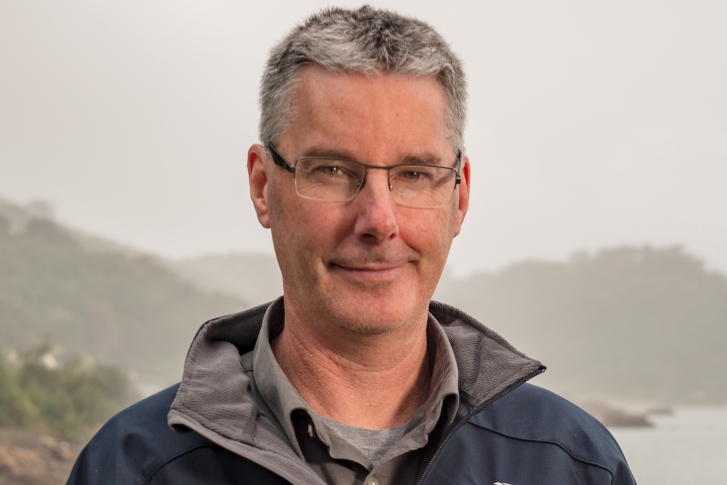The most commonly grown variety of kiwifruit around Te Puke will not be commercially viable in the area by the end of the century, say scientists.
A study into how climate change will affect production of the Hayward cultivar in the Bay of Plenty—the common bright green kiwifruit—has just been published in the New Zealand Journal of Crop and Horticultural Science. Lead author, NIWA scientist Dr Andrew Tait says it is globally recognised that the effects of climate change is an emerging risk to the economic value of fruit crops, especially those grown in warm, temperate regions such as kiwifruit.
“Our study shows that kiwifruit production around Te Puke steadily decreases over coming decades. It will be marginal by 2050 and most likely not viable by 2100 under all but the most stringent of global greenhouse gas emission options.”
However, the good news is that other parts of New Zealand will become suitable for kiwifruit production as temperatures increase.
About 90 per cent of New Zealand’s kiwifruit industry is based in the Bay of Plenty and more than half of that around Te Puke. Production is mostly the Hayward variety which is suited to the climate and soils of the area, including warm springs, mild summers and autumns and high sunshine hours. Kiwifruit need sufficient “winter chilling” between May and July to produce high flower numbers in spring that result in fruit. High winter chilling, or colder sustained temperatures over this period, generally results in more flowers and an earlier flowering period.
Productivity significantly increased between 1980 and 2010 due to technology changes and the introduction of a chemical sprayed on the vines in late winter to improve the effects of winter chilling. New Zealand kiwifruit exports were worth $1558 million in the year ending June 2016—up from $930 million the previous year. But the use of the chemical, hydrogen cyanamide, may be restricted or banned in future.
“As air temperatures in New Zealand continue to rise, the potential for more years with marginal or poor winter chilling conditions steadily increases. This could put significant stress on the kiwifruit industry in the Te Puke area, particularly if hydrogen cyanamide is banned,” Dr Tait says.
“If this happens soon then there is an urgent need to consider the viability of Hayward kiwifruit production in other areas of the country, alongside genetic improvement.”
NIWA temperature data and high resolution mapping abilities showed areas further inland in the Bay of Plenty as well as Canterbury and Central Otago had potential as Hayward kiwifruit growing regions.
“The good news is that through good planning, the New Zealand kiwifruit industry is very likely to remain viable for many decades to come,” Dr Tait says.

